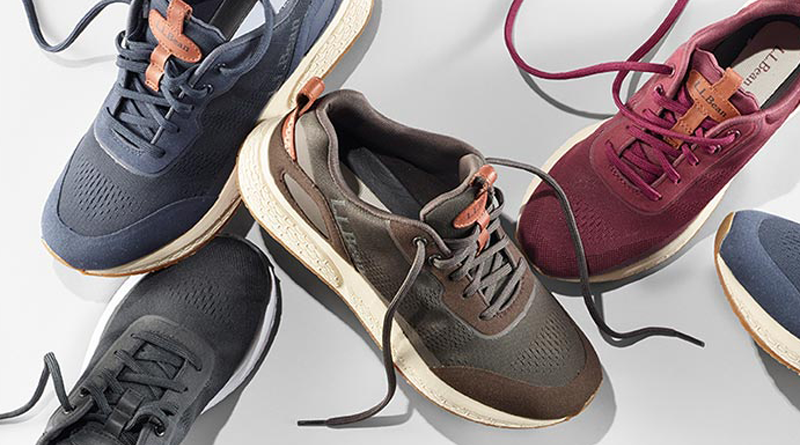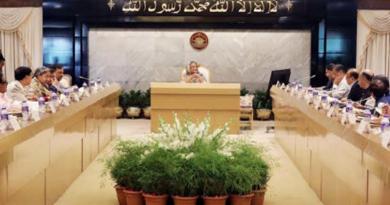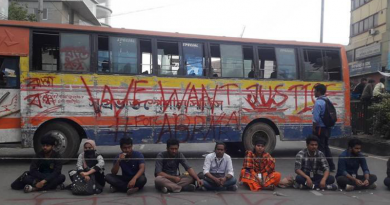Footwear exports to US: China down, Bangladesh up
Leather footwear exports from Bangladesh to the United States registered a 17.70% rise to $133.25 million in 2018, although the sector’s total exports to global markets faced a 12% negative growth during the period.
Experts attribute the ongoing US-China trade war for the windfall export earnings from the US market.
According to Otexa (Office of Textiles and Apparel) data, last year Bangladesh earned $133.25 million from exporting footwear, up by over $20 million in a single year, which was $113.33 million in the previous year.
Of the total amount, $126.17 million came from leather footwear, while the rest from other footwear products.
In the same period, China, the largest footwear exporter to US market, has seen a negative growth by 0.89% to $13.90 billion, which was $14.02 billion the previous year.
On the other hand, Vietnam, the second largest exporter, also gained and posted a 13.84% growth to $6.16 billion, which was $5.41 billion in 2017.
While the export earnings from footwear to the US market saw sharp rise, overall exports earnings from leather and leather goods in general experienced a downward trend in the last fiscal year.
According to Export Promotion Bureau (EPB) data, in the 2018 fiscal year, Bangladesh earned $1.08 billion from footwear, down by 12% from $1.23 billion in FY17.
Trade analysts and sector people opined that the US-China trade war keeps helping Bangladesh to earn more from the US market, while government efforts in branding leather goods have drawn the attention of American as well as global buyers.
“It is a spillover effect of the US-China tariff tension as the brands are moving sourcing away from China, amid fears that the two countries may remain locked in a prolonged trade war,” Abdul Momen Bhuiyan, deputy managing director of Apex Footwear Ltd, told the Dhaka Tribune.
“On the other hand, production costs are increasing in China due to rise in wages. And it is not so easy to increase productivity in case of leather goods compared to synthetic footwear,” he argued.
Meanwhile, footwear makers also opined that branding and showcasing products attracted buyers’ attention to purchase footwear from Bangladesh as it offers a reasonable price.
“American buyers and brands were not well informed about the quality of Bangladeshi goods and types of footwear being produced here. In branding Bangladeshi goods, we have arranged a number of international Bangladeshi leather footwear and leather goods sourcing shows,” Md Saiful Islam, managing director of PICARD Bangladesh Limited, an export-oriented leather products manufacturer, told the media.
From the sourcing shows, the US buyers, as well as global buyers, have got a clear idea about Bangladeshi footwear which expedited the export earnings, said Islam.
According to an estimation of the Asian Development Bank (ADB), Bangladesh’s merchandise exports will increase by an additional $400 million, and the country’s gross domestic product (GDP) by 0.19% over the next one to two years if the prevailing international trade conflicts between the US and China escalate.
The regional lender also said that sectors like RMG (readymade garments), leather and leather goods might get benefit out of the trade war.
How to retain the growth
“Since the US retailers are in fear of further escalation of tariff tensions, they will continue to relocate sourcing destinations. In tapping the opportunity, Bangladesh has to move to become compliant and concentrate on developing quality products that are being relocated from China,” former caretaker government advisor AB Mirza Azizul Islam told media.
He also suggested negotiating and increasing business communication with US retailers and brands to bring more work orders to Bangladesh.
On top of that, leather and leather goods export earnings would rise further once the sector is fully compliant on completion of the Savar Leather Industrial Park.




